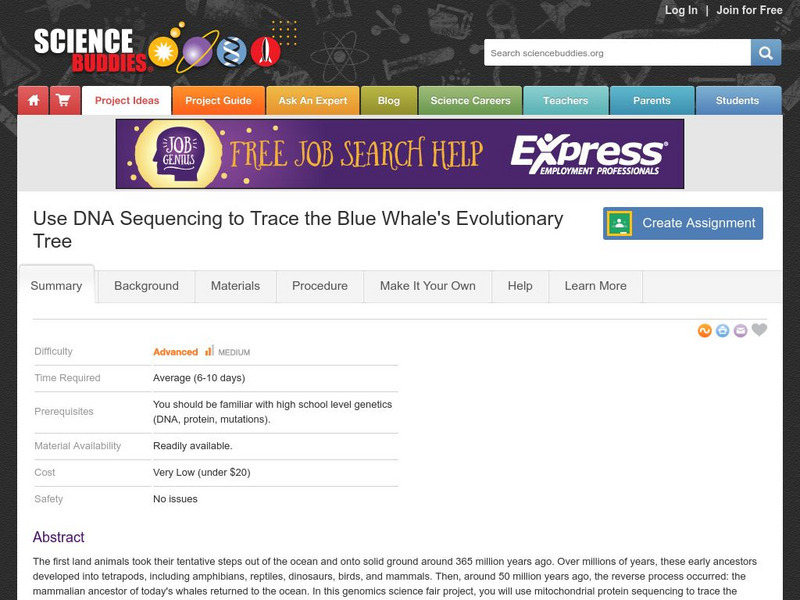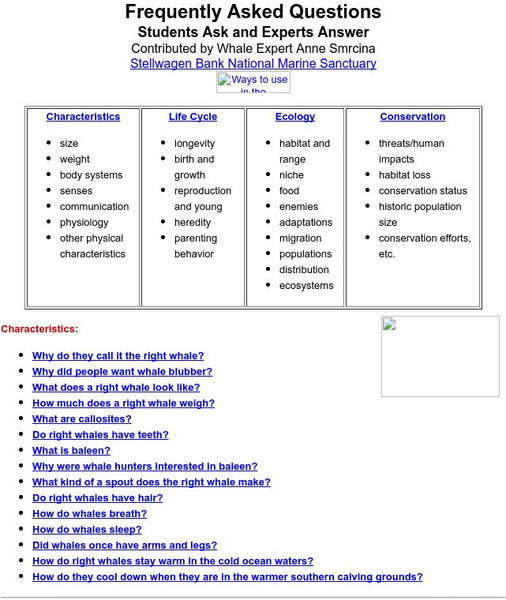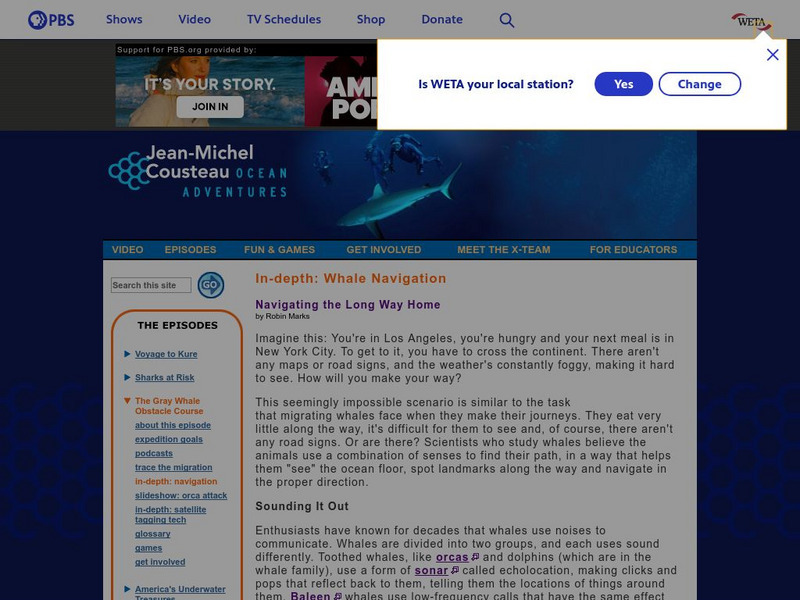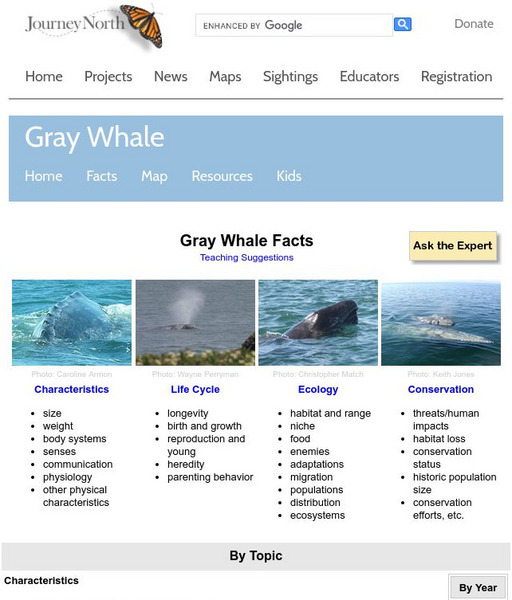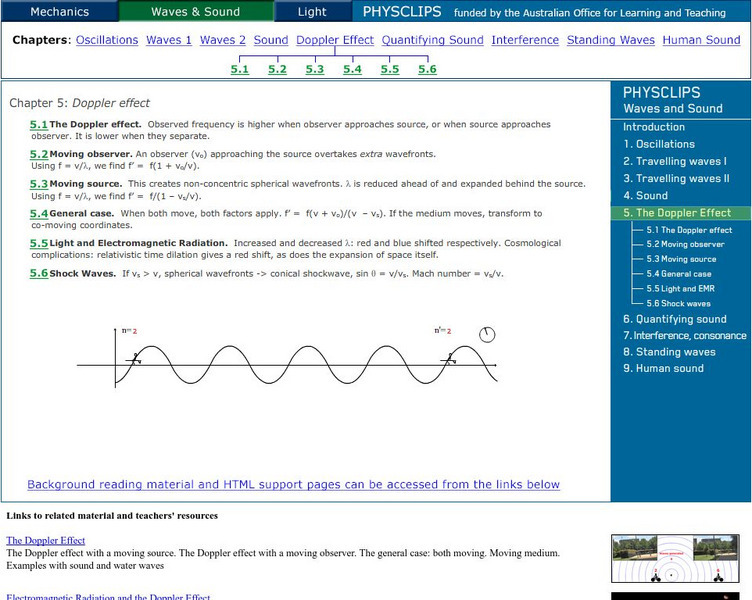Hi, what do you want to do?
Curated OER
Traditional Inuit Games
Students explore Inuit culture. For this cultural diversity lesson, students collaborate to learn Inuit games and teach them to their classmates.
Curated OER
Now Hear This!
Learners investigate their hearing range. They participate in a week-long hearing experiment, listening for various sounds during recess time, and determining which noises were easier or more difficult to hear.
Curated OER
The Environment and Animals
In this environment and animals worksheet, 7th graders match ten pictures with their actual titles, answer seven statements as true and false, and discuss six questions together.
Curated OER
Calculating the Shortest Distance Between Two Points
Ninth graders calculate the distance between two points.
Curated OER
Animal Instincts
Students compare animal adaptations to human behavior. For this science lesson, students discuss animal instincts vs. learned behavior. Options for student writing, drawing and research are incorporated into this lesson plan
Curated OER
The Plant and Animal Walk
Students draw pictures and write words to describe objects and experiences. They observe outside and draw at least three animals and three plants. Students observe plants and animals describing how they are alike and how they are...
Curated OER
Vivid Words
In this descriptive words instructional activity, students read the vivid words and their definitions in the word box. Students then write a word from the word box that correctly completes each sentence.
Science Buddies
Science Buddies: Use Dna Sequencing to Trace the Blue Whale's Evolutionary Tree
Around 50 million years ago, the mammalian ancestor of today's whales returned to the ocean. In this genomics science fair project, you will use mitochondrial protein sequencing to trace the evolution of whales and identify their closest...
Sea World Parks & Entertainment
Sea World: Beluga Whales
An easy to read look at all aspects relating to the beluga whale. The menu bar lists all of the main topics including appearance, habitat, behavior, diet, young, communication, conservation, reproduction, and more. Useful for elementary...
Alabama Learning Exchange
Alex: Is That a Whale?
This lesson will increase student knowledge of whale anatomy and habitat while using the Internet for information gathering.
Annenberg Foundation
Annenberg Learner: Journey North: Right Whales
A comprehensive article that answers a number of questions about the right whale. Questions deal with characteristics, life cycle, ecology and conservation. This site also contains lessons and activities that can be used in the...
Georgia Aquarium
Georgia Aquarium: Beluga Whale
Use this animal guide to learn the scientific name and discover the habitat, diet, reproduction, conservation status, physical, and other unique characteristics of the Beluga Whale. They can be viewed live on the webcam.
PBS
Pbs Learning Media: The Wreck of the Corinthian
This interactive activity, adapted from material provided by the ECHO partners, tells the story of the wreck and towing of the whaling ship Corinthian using three narrative sources.
Other
Whale Net: Species and Behavior Information
How do whales sleep? How do whales use sound? Discover the answers to these questions and many more as you peruse this site. Includes various links on information and images of many species.
Other
Salariya: You Wouldn't Want to Sail on the Whaling Ship Essex!
This online book for younger readers tells pitfalls of sailing on a New England whaling ship. Although a cartoon format, it contains valid and useful information about whaling in New England.
PBS
Jean Michel Cousteau: Ocean Adventures: Whale Navigation
Interesting site explores how whales navigate the waters without a sense of sight. Learn about the noises they use to communicate to migrate.
ReadWriteThink
Read Write Think: Reading/writing About Whales Using Fiction and Nonfiction Texts
Young scholars will have a whale of a good time in this lesson in which they use fiction and nonfiction texts to write a letter to an online scientist.
Annenberg Foundation
Annenberg Learner: Journey North: Gray Whales
A comprehensive presentation that answers a number of questions about gray whales. In addition, there are challenge questions, lessons, and activities that can be used in the classroom. the migratory pattern of this whale is also tracked.
PBS
Pbs Teachers: The Great Whales: Make a "Blubber Glove"
Examine the whale's layer of insulating fat, known as blubber, and test the effectiveness of fat as an insulator. Discuss how humans use insulating materials to protect themselves from exposure to cold temperatures.
University of New South Wales (Australia)
University of New South Wales: School of Physics: Physclips: Doppler Effect
Use this learning module to explore the doppler effect. Learning module includes animations and videos to explain the concept.
Annenberg Foundation
Annenberg Learner: Journey North: A Global Study of Wildlife Migration and Seasonal Change
Join teachers and students all over the country in observing the migratory patterns of birds and butterflies and the growth changes of plants as the climate changes. "Journey North" offers a wealth of resources to use as you investigate...
Georgia Aquarium
Georgia Aquarium: Whale Shark
Use this animal guide to learn the scientific name and discover the habitat, diet, reproduction, conservation status, physical, and other unique characteristics of the Whale Shark. They can be viewed live on the webcam.
NOAA
Noaa: Pmel: Acoustic Monitoring, Bioacoustics
Outlines the National Marine Mammal Laboratory's project studying whale acoustics (the sounds whales make). Links to clear acoustics tutorial. Also includes whale biology, with acoustic descriptions and sound clips of their calls. Very...













